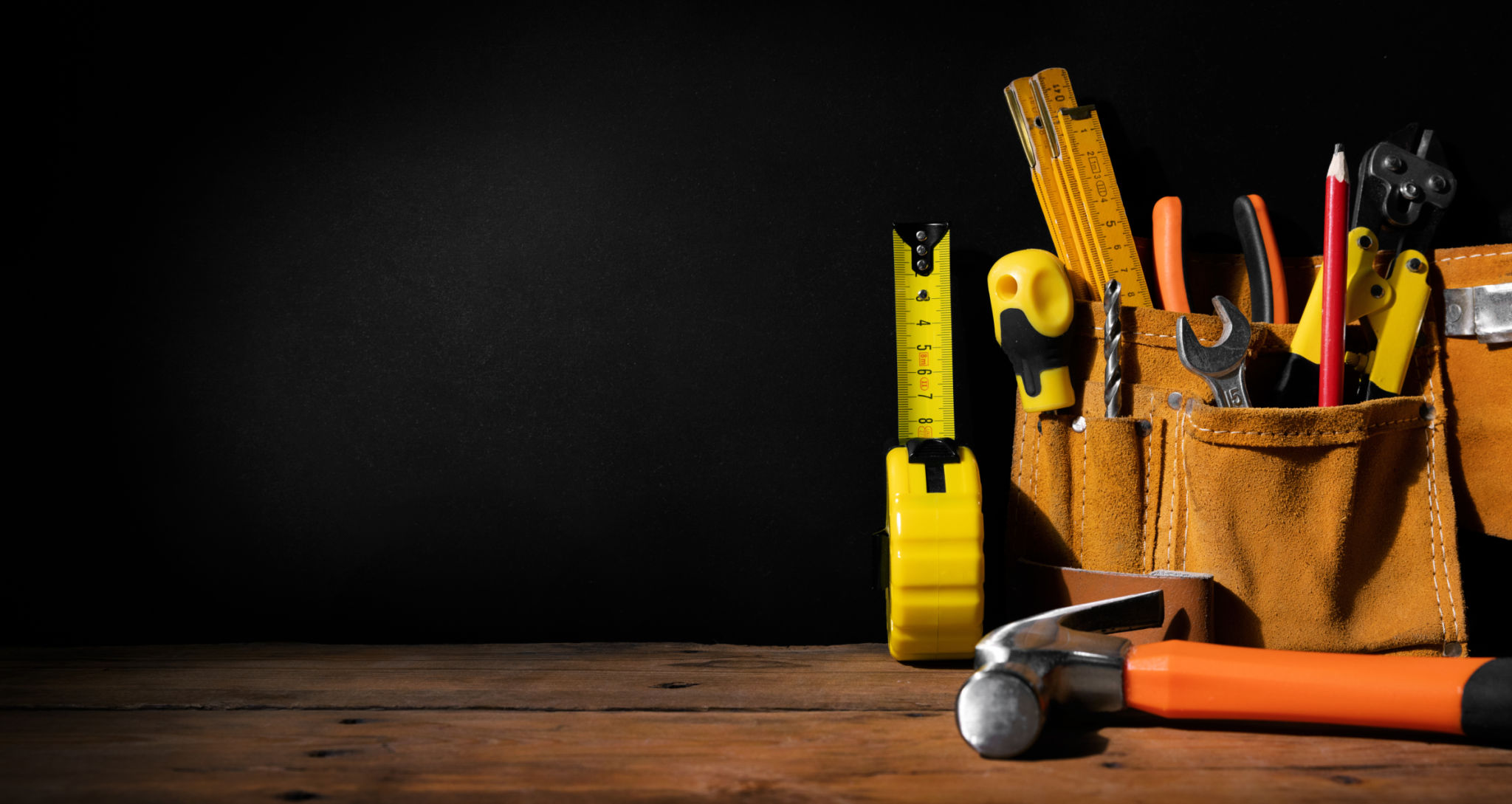Solar Installation Guide: From Planning to Execution
Understanding the Basics of Solar Installation
Solar energy is a sustainable and cost-effective way to power your home, reducing reliance on traditional energy sources. Before diving into the installation process, it's important to understand the basic components of a solar power system. A typical solar system consists of solar panels, an inverter, a battery (optional), and a racking system to hold everything in place.
The first step in a successful solar installation is assessing your energy needs. Analyze your electricity bills to determine your average consumption and peak usage times. This information will help you figure out the size of the system you need to meet your energy requirements.

Planning Your Solar Installation
Once you've grasped the basics, planning the installation becomes crucial. Start by evaluating your roof's suitability. Factors such as roof orientation, angle, and shading from nearby trees or buildings can significantly impact the efficiency of your solar panels. Ideally, solar panels should face south in the Northern Hemisphere for optimal sun exposure.
Next, consider the legal and financial aspects. Check with local authorities regarding zoning laws and permits required for solar installations. Additionally, research available incentives and rebates that can offset initial costs and make the investment more appealing.

Selecting the Right Equipment
Choosing the right equipment is a vital step in ensuring your solar system's efficiency and longevity. When selecting solar panels, consider factors like efficiency, warranty, and price. Monocrystalline panels are known for their high efficiency, while polycrystalline panels offer a more budget-friendly option.
The inverter is another critical component that must be chosen with care. It converts the direct current (DC) generated by the panels into alternating current (AC) used by household appliances. Opt for inverters with good efficiency ratings and warranties to ensure reliable performance.
Executing the Installation
With planning and equipment selection sorted, it's time to move on to execution. Hiring a reputable installation company is advisable unless you have the necessary expertise and experience to undertake the task yourself. Professional installers will ensure that all components are correctly mounted and connected for maximum efficiency and safety.

Connecting to the Grid
If you're planning to connect your solar system to the grid, you'll need to work closely with your utility provider. This process involves inspections and approvals to ensure that your setup complies with local regulations. Once connected, any excess energy generated can be fed back into the grid, potentially earning you credits or payments.
Maintenance and Monitoring
After installation, regular maintenance is key to keeping your solar system running smoothly. Clean the panels periodically to remove dirt and debris that can reduce their efficiency. Additionally, monitor your system's performance using available software tools to detect any issues promptly.

Understanding Long-Term Benefits
Investing in a solar power system offers numerous long-term benefits. Besides reducing your carbon footprint, it can lead to significant savings on electricity bills over time. As technology advances, solar systems continue to become more efficient and affordable, making them an increasingly attractive option for homeowners.
Conclusion
Transitioning to solar energy requires careful planning and execution but offers rewarding outcomes. By following this guide from planning through execution, you can ensure a smooth installation process and start enjoying the benefits of clean, renewable energy.
